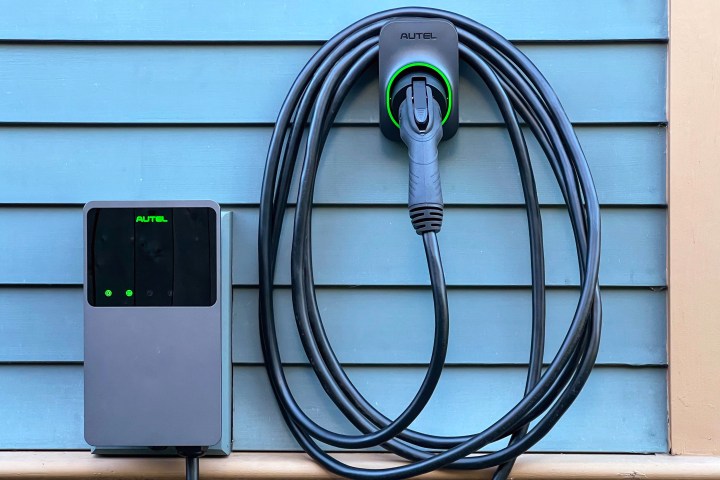
Charging an EV from an ordinary wall outlet is like trying to fill your water bottle at an airport water fountain. It’ll get there, eventually, but you’d better not have a plane to catch. My 2019 Hyundai Ioniq PHEV required overnight charging just to reach its modest 27-mile electric range.
I endured this test of patience, and the accompanying snarl of extension cables, for years. But after looking at the crazy deals on level 2 EV chargers right now, I finally treated myself to an upgrade, and just got done installing an Autel MaxiCharger myself.
First revelation: It’s not that hard! Second: You almost certainly won’t die. But I’ll save the tips on breaker size and wiring types for the pros on YouTube, which abounds with excellent advice on the nuts and bolts of installation. I’m not a pro, and you should really listen to an electrician before you go rooting around in your breaker panel.
But I did learn a few very important things about choosing the right charger and budgeting for your install. So before you go punching holes in your wall, here are six things I learned in the process that anyone considering the upgrade to a level 2 charger should know.
Incentives can make chargers absurdly cheap
If you take one piece of advice, let it be this: Before you go and pick a charger, check out our list of EV tax credits and rebates to see whether your utility, city, county, or state offers any kickbacks for installing a specific model. It’s well worth playing by their rules, because some rewards are ridiculously generous. In my case, I had to select the model from a list of about a dozen, and it had to be hardwired. But the reward was worth it: My utility will reimburse me for 75% of the cost of a charger, up to $500. And that’s just a local incentive. The Inflation Reduction Act also lets me deduct 30% of the cost from my taxes at the end of the year.
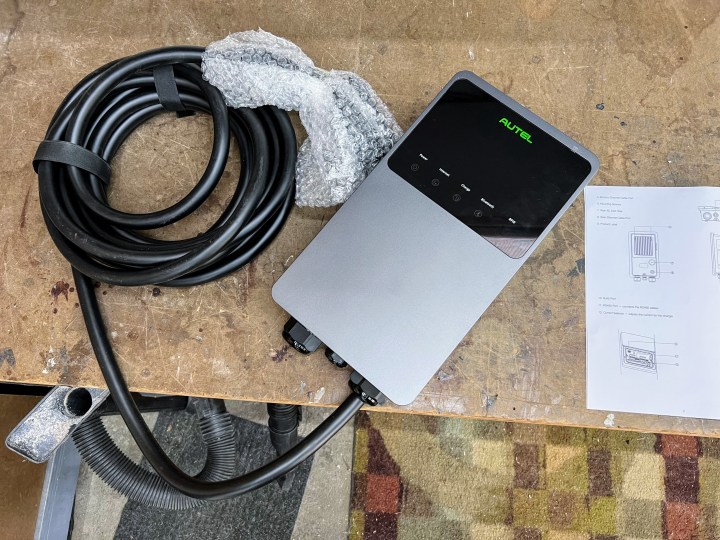
For my install, I scored an Autel MaxiCharger Elite on Prime Day for $479, down from $599. I’ll get 75% of that back from my utility, then take a 30% tax credit on the remainder. For those keeping track at home, that brings the cost down to $83, which is cheaper than you can even buy a level 1 charger for right now.
You may also find that your utility is willing to help cover an electrician’s labor, permit costs, wiring, and even panel upgrades. I know it’s annoying to parse through the fine print on these things, but it’s worth it.
There’s a catch nobody talks about
Speaking of fine print, utilities aren’t just looking for green cred; they’re trying to ease the EV load on their grid. For instance, my utility only incentivizes chargers that are “demand response enabled” – in other words, chargers they can throttle down during charging if the grid is struggling to keep up. The utility also required me to sign up for “time of use” billing for my rebate, meaning rates go down at night and up during the day. Every utility company I looked up for comparison required one or both of these for kickbacks.
And that’s a fair trade! As much as I balk at big companies telling me what to do, these aren’t really handcuffs so much as they’re smart decisions made for you. I’d been too lazy to configure my car to charge overnight, but now I’ll fill up for 8 cents per killowatt, rather than the 12 cents I was paying before. I save money, your refrigerator keeps running in a heat wave. Everybody wins.
Wire costs more than you think
You probably heard that prices for building materials spiked during the COVID pandemic, and while they’ve come back down for materials like lumber, copper still costs a pretty penny (see what I did there?). And you’re going to need a lot of it. The heavy-gauge wire most chargers need currently costs almost $4 per foot at Home Depot. Depending on how far you need to go, that means you could spend as much on wire as you spend on your charger.
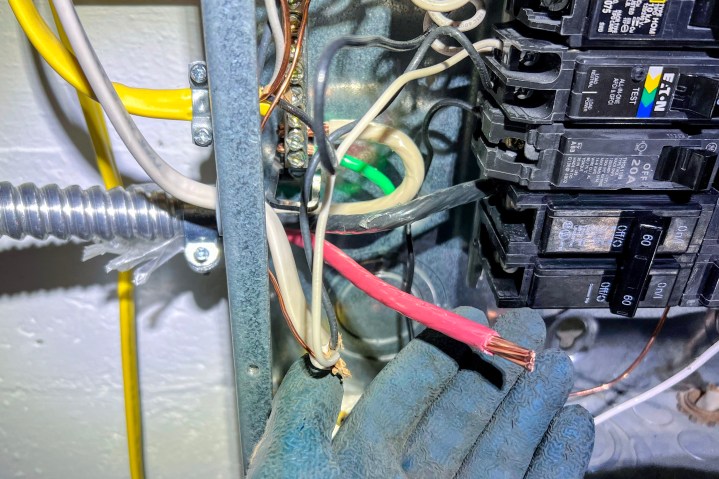
Budget accordingly! Measure the rough route from your breaker panel to your EV charger site, and add 10% just be safe. You’ll need to factor this into your choice of charger, too, since bigger chargers require heavier wire. Speaking of which …
Not all level 2 chargers are created equal
Level 2 chargers come in speeds as slow as 3.5 kilowatts and as fast 19kW, which means your choice will dramatically affect how quickly your car recharges. Let me shortcut you to the conclusion of my frenzied research: Just buy a 40- to 50-amp charger (9.6kW to 12kW).
Why? You won’t save much by going lower, and you’ll pay exponentially more to go higher. Fifty amps seems to be the dividing line between mass-market chargers and high-end, almost commercial-duty models. It’s the sweet spot for residential chargers right now.
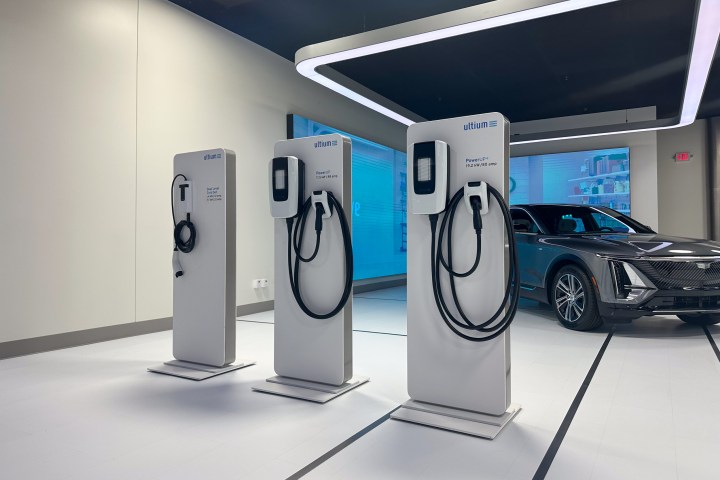
And don’t you dare cheap out on this. After wrestling cable through your ceilings or walls once, I promise you won’t want to redo it in the future. My 50-amp charger can put out 12kW, but the car I own right now can only accept 3.5kW. Dumb? Maybe, but I’ll probably own a newer EV some day, and I don’t intend to rip drywall out of my basement ceiling to start over when I do.
Level 2 chargers are more efficient
This one blew my mind. I’m used to assuming that anything slower is more efficient, but the opposite is actually true here: A study by the Institute of Electrical and Electronics Engineers found that, on average, level 2 chargers are 5.6% more efficient than slower level 1 chargers.
You’re not going to fund your kid’s college education with these savings, but it’s nice to know that you won’t pay more to charge your car after you shell out for a bunch of expensive hardware.
Don’t wait for the switch to Tesla plugs
You’ve probably seen all the headlines recently declaring that a ton of major carmakers are switching over to Tesla’s NACS plug standard. Won’t that make a standard J1772 charger junk in a couple of years?
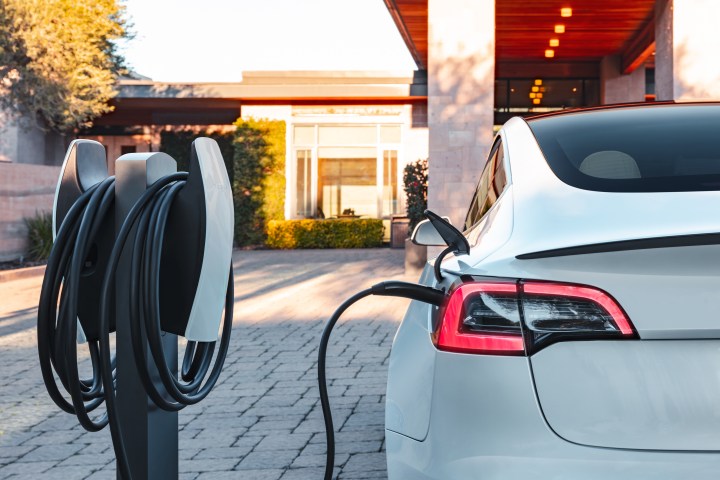
Nope. You can buy an adapter right now for less than $50. They’ll probably be even cheaper by 2025, which is the earliest that Ford, GM, Hyundai, and all the other companies switching to NACS plan to start selling new vehicles with that style of plug.
In the meantime, nobody knows how long all those generous utility incentives will last, so you’re better off striking while the rebates are hot.
Editors' Recommendations
- EV warranties aren’t like those for non-electric cars. Here’s what you should know
- I agonized over EVs but bought a gas car instead. Here’s why I couldn’t be happier
- I review EVs for a living. Here’s the one I’m waiting to buy

